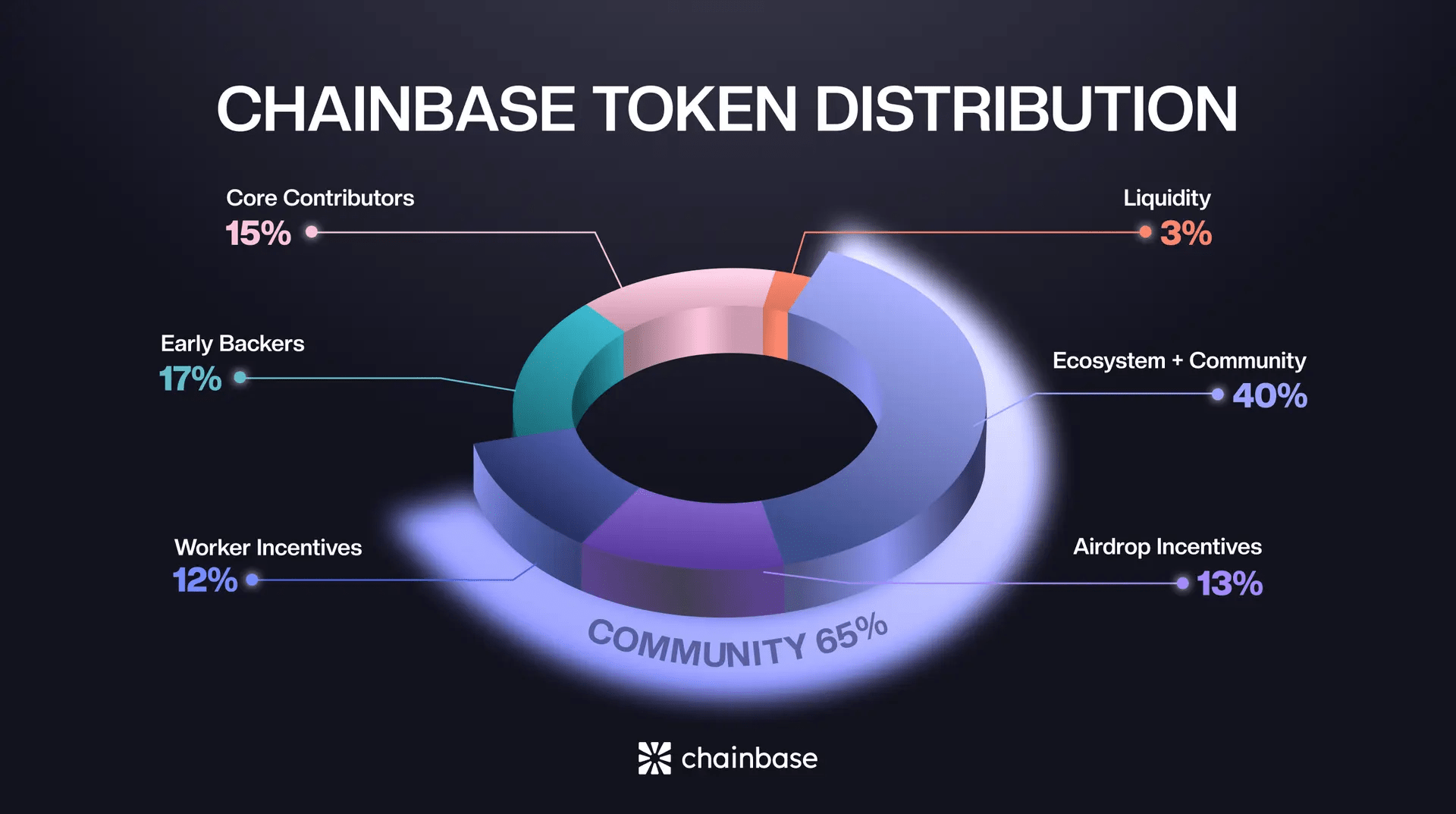
When talking about on-chain data tools, many people's first reaction is 'that's something only technical teams can handle.' But honestly, platforms like Chainbase @Chainbase Official are drastically lowering the threshold for using on-chain data—even if you are not a programmer, you can still navigate it.
#Chainbase is essentially a data infrastructure for the Web3 and AI era, transforming those raw, chaotic data on the blockchain into clean, structured, and even AI-directly callable formats. In simple terms, it makes data 'usable' and 'easy to use'.
For example, an analyst wants to track the interaction dynamics of a certain contract, a KOL wants to study the behavioral patterns of whale wallets, or a researcher wants to visualize the flow of tokens—on Chainbase, there is no need to write code; data charts can be pulled up simply by clicking through the interface. This approach of 'data democratization' is actually promoting the widespread availability of data in the entire Web3.
Currently, Chainbase has integrated data from over 200 chains, processing full-chain data calls between 560 million to 650 million times daily, with a cumulative processing of over 500 billion calls. The data refresh interval is less than 3 seconds, approaching real-time. This represents a significant efficiency boost for developers and analysts.
Its technical architecture is also worth mentioning. The underlying layer adopts the Manuscript protocol and a dual-chain four-layer design, with the consensus layer based on CometBFT and the execution layer integrated with EigenLayer AVS, balancing security and high performance. More importantly, it supports multi-chain and multi-language, aligning with the current trend of AI + Web3 integration.
Speaking of tokens, its total supply is 1 billion. In terms of distribution: 40% is used for ecological incentives, 13% for airdrops, 12% for node rewards, 17% belongs to institutional investors, 15% is for the team, and 3% is for liquidity. In terms of release rhythm, the team and investors' portions are locked for one year, followed by a linear unlock over two years, ensuring overall selling pressure is controllable.
The use case for $C is also solid: developers need to pay $C to call data, nodes can participate in network maintenance and earn rewards by staking $C , with annual inflation controlled between 2-3%, tied to actual usage. This creates real demand support for the token.
Many people compare Chainbase with The Graph. In my view, The Graph leans more towards 'data indexing', while Chainbase resembles an 'AI-ready data factory'—it not only provides querying but also takes responsibility for cleaning, processing, standardizing, and outputting directly usable data products.
Currently, #Chainbase has integrated with ecosystems like Base and BNB Chain, with over 15,000 cooperative developers. As the number of supported public chains increases and the community expands, its network effect will further amplify.
Especially in the context of AI's large-scale entry into Web3, everything from smart contract analysis, trading bots to on-chain risk control and agent applications relies on high-quality structured data. Chainbase's positioning fits perfectly into this critical link of 'data supply'.
So overall, Chainbase is not just a technical product; it is a project with a clear economic model and ecological strategy. It lowers the barrier for the entire industry to use data, which is particularly valuable in the current acceleration of AI and blockchain integration.


